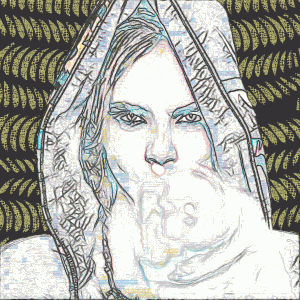Many scientists insist that recent human activity, beginning about 250 years ago, is having such a significant environmental impact on the Earth’s climate, geography, and biological composition that we have actually entered into a new period of geologic time — the “Anthropocene”. It means that human activities have shaped the geological shapes with the rise use of fossil fuels, industrialization of agriculture and inevitably, the urbanization.
Started from industrial revolution, we made ourselves aware of the improvement in transportation, medical research, artificial fertilization, markets, tourism, globalization, health, wealth, security and longevity. But with all the progress we have made, we are polluting the environment in many ways.
From the rise of the first urban settlements until the emergence of mega cities in the 20th century, the scale and intensity of urban pollution has increased. As where we have lived and we have been exposed, about 300 million tons of plastic is produced globally each year. We use it, and we dispose it. Because plastic is inexpensive, lightweight and durable, virtually every industry (retailing, manufacturing or logistics) loves it. However only about 10 percent of that is recycled.
To me, cities can be regarded as artificial environments created for the benefit of humans, and yet none of this liberates people from nature. Cities have to be fed and provided with energy and water in order to exist and sustain its human population. The bigger the city, the more resources and energy must be extracted from the surrounding areas to sustain it. But what we have done is that of the plastic that is simply trashed, an estimated seven million tons ends up in the sea each year. Others has become pollutions in soil, and landfills. Plastic accumulated over half a century is now out there.
Plastic pollution is a major global phenomenon that has crept up on us over the decades, and it really requires a global and comprehensive solution that includes systemic rethinks about usage and production. My final project for sustainable system, the urban plastic sculpture is hoping to raise awareness of the problem and the potential savings that can be made. Like transferring perishable plastic trash into art, or decorative use, and to prompt organizations to change the consumption patterns.
Adopting the Anthropocene name, the concept, and my initial approach to this project, both want to raise the awareness of the fact that humans are having enduring effect on the plant, and find ways to solve what we did wrong.
Me and Anthropocene Process
I recycled plastic bags for my project to make a city landscape sculpture to illustrate the anthropocene. Before heat fuse the plastic bags, I cut off the handles and saved them for further use.
Each building is made of an individual plastic bag. The heat of flat iron fused the layers together to make the plastic stick stronger and thicker.
By putting the fused plastic building on the recycled foam board, I started to structure the plastic city landscape. And for the cut of plastic bag handles, I tied them together to reduce wastes, and knitted them together and see what I can do with the outcome.




























